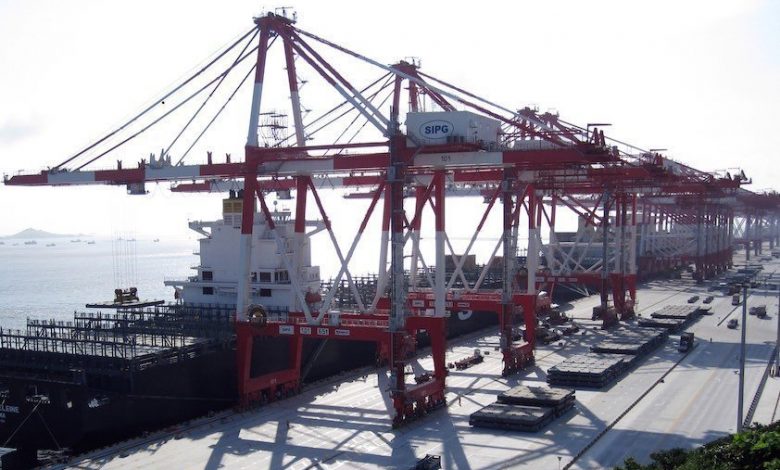Chinese exporters are hurting

China’s trade with just about everyone is off, writes Paul French.
Amid the seeming chaos and news grabbing headlines of the American presidential election cycle and Brexit in Europe, China has rather slipped from the economic headlines. That’s probably because, for the first time in a long time, China’s economy is actually quite boring and steady. We know the larger picture well by now, and it was borne out by the first half of the year’s economic figures from Beijing – the successful transition from a high-speed, heavy industry based economy to a consumer and services-based economy.
Still, this does mean China is an economy of two halves and, depending on which half you’re involved with, determines how happy or otherwise you are. If you’re dealing with the services, consumption or retail side of China then it’s pretty much all good news – services and consumption remain robust and are now the largest part of the economy. In the first half of this year, final consumption contributed about 73% of China’s GDP growth and real retail sales rose by almost 10%. Big jumps, as predicted, in ecommerce and B2C sales, although good old-fashioned bricks-and-mortar retail is holding up well too.
However, the industrial part of the economy is slowing. The government is doing its best to make sure this isn’t all that painful for ordinary workers – revised rules on state-owned enterprises and average monthly income for the migrant workers, who fill most of industrial jobs, was up 7% in June 2016. But, if you import or export, then things are not so great. June’s exports from China were down fully 4.8% (in dollar terms) after declines of 4.1% and 1.8% respectively in May and April. Imports into China were even worse – down 8.4% in June. China’s trade surplus narrowed to $48.11bn from $49.98bn.
China’s trade with just about everyone is off – the EU, the US, the ASEAN nations of Southeast Asia. Slumping demand everywhere for Chinese made goods it seems. However, it is also important to remember that exchange rates have changed affecting export numbers in dollar terms – the renminbi was down 8% in June from a year earlier. Conversely, the weaker import rates can be partly explained by falling commodity rates (metals, energy and fuels, etc), but reduced production of course means reduced demand for necessary inputs.
What has got a lot of analysts and others annoyed is China’s reaction to tariffs on its steel dumping. Beijing tends to take a tit-for-tat approach to tariffs and the Ministry of Commerce in Beijing has imposed anti-dumping duties on steel imports from Japan, South Korea and the European Union.
This is clearly tit-for-tat and does not represent China’s steel producers in their relations with the rest of the world. It is to be hoped that more serious trade negotiations between Beijing and the rest of the world will be a feature of the rest of 2016.
This article first appeared in Maritime CEO Issue three 2016. Read the full magazine here.
